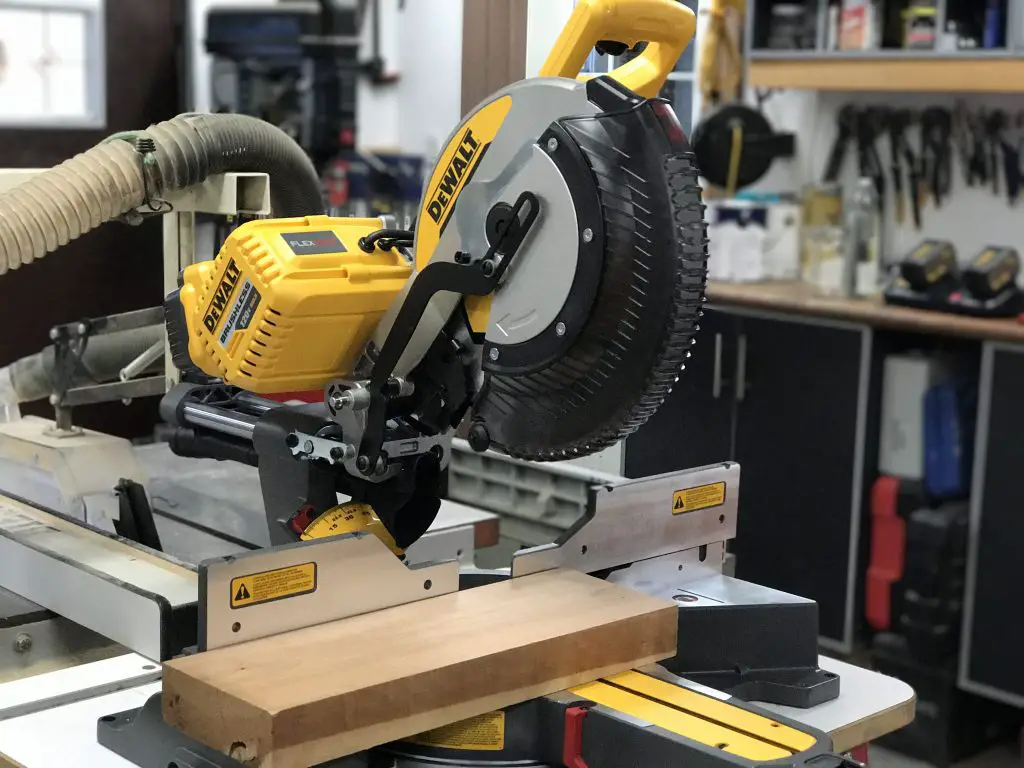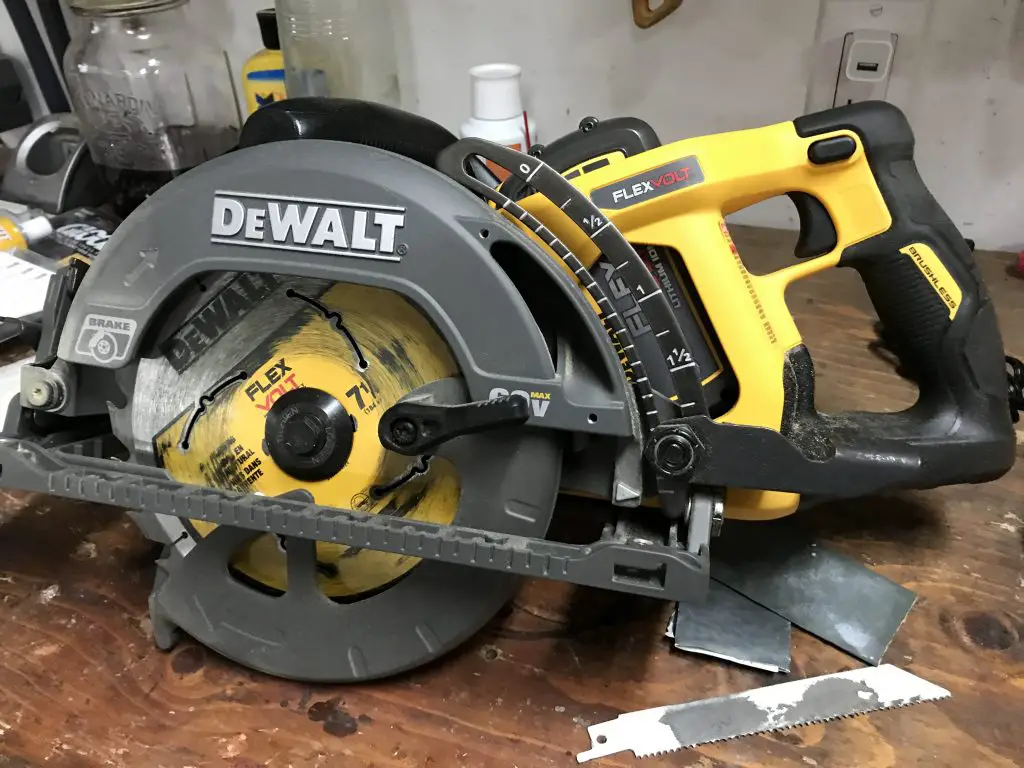Back in 2002, I interviewed one of the main people behind the construction of CenturyLink Field (now called Lumen Field), where the Seattle Seahawks play football. His name was Gus Sestrap. Gus has spent his career overseeing some of the largest and most prestigious construction projects in North America, and he has a unique perspective on hands-on productivity. It’s his responsibility to make sure things happen safely and profitably on projects like CenturyLink Field, and he’s got access to decades worth of numbers that say a lot to anyone interested in power tools.

On the CenturyLink project, for instance, worker productivity came in at a whopping US$19,800 per worker per month back in 2002. That’s $27,400 in 2021. This is the dollar value of materials installed by an average worker on the project each month and it’s more than twice as large as inflation-adjusted numbers taken in the same way by the same construction company on similar projects dating back to the 1970s. It’s not that tradespeople sweat twice as much today as they did 40 years ago, it’s mostly about the way buildings go together and the bigger and better power tools that make it all happen.
Even if you only work on projects around the house or cottage, getting the most from the time you devote to building and renovating should matter. You may have kids and grand kids to spend time with, but even if you don’t, time should still be precious to everyone. Understanding what key power tools can do for you, how to buy them, and learning to put this machinery to work for you by taking advantage of repetitive work strategies is key. Getting more done in less time has obvious advantages. Who couldn’t use more time in their week? Here are three top time-saving power tool tips. These are part of the reason people can get so much more done in a given time:
Fact#1: You Don’t Need a Corded Circular Saw Any More

Something important happened to power saws shortly after the turn of the 21st century, but few homeowners and DIY enthusiasts have noticed even today. This was the point in time when cordless circular saws and batteries got good enough that you could easily frame an entire house with one. Back then cordless saws weren’t quite as powerful as their corded cousins, but they are today. Cordless saws help you work better, faster and more safely. An 18 volt model is the minimum that makes sense. DEWALT makes one of the nicest cordless circular saws around. It’s actually lighter than my best corded circular saw and a little more powerful. If you’re shopping for a cordless saw, look for models that spin at least a 6 3/8-inch diameter blade. The best now spin a 7 1/4-inch blade, just like full-size corded saws.
Fact#2: Today’s Cordless Tool Batteries Are Much, Much Better
I still hear from people who’ve had bad experiences with cordless tool batteries from years ago, and some of them have given up on the technology. That’s understandable if you’ve had to pay $100+ for a replacement battery that’s not very old, but it doesn’t happen these days. Batteries are better, chargers are better and warranties are much better. The best charger designs, for instance, offer variable charge rates that self-adjust to a dozen different measured battery parameters like internal heat levels, ambient air temperature, charge state, cell condition and others. Smart chargers go easy on batteries plugged in to them, with some even including charge patterns and built-in fans that cool cells and internal circuitry.
Today’s lithium-ion tool batteries are much tougher than he nicad batteries from the early 2000s and they pack much more power, too. I can drive screws all morning building a deck and not have to swap in a new battery until lunch time. It used to be that the fastest way to fry a battery was to let the tool stall-out during use. With the naturally tough conditions faced by any cordless tool, this used to be an especially distinct possibility. Not any more. Internal circuitry on professional-grade cordless tools shut down the motor before it’s overloaded and over-heated.
Fact#3: A Drill is the Most Important Power Tool of All
An old-time carpenter I knew once said something that showed me how much I take for granted. He learned the trade before electrification came to his corner of the world, so he knew what life was like when you had to rip 16-foot planks by hand or spin a brace and bit for hours with your arm. “If I had to choose just one electric tool,” he once told me, “it would be a drill. Dollar-for-dollar there’s nothing more useful.” Drills have been around so long I’d forgotten they weren’t always there. But just try drilling a bunch of cable holes using a hand brace. These days the 18 volt drill has become the standard cordless model. You can get drills with higher voltage, but they’re not necessary for most jobs.
It’s hard to believe, but tools just keep getting better. Right now you’ll find a tablesaw that won’t cut your finger off, even if you shove it directly into the spinning blade. There are ultra-slim saw blades as thick as cereal box cardboard that make arrow-straight cuts. In 2016 the world saw the introduction of a cordless 10″ tablesaw and 12″ sliding compound mitre saw. Even if you’re not a pro, eventually these improvements trickle down and empower anyone to do a better job building, renovating and making good things happen around the house. We have a lot to be thankful for. Watch the video below and see a strictly “vegetarian” tablesaw in action.



